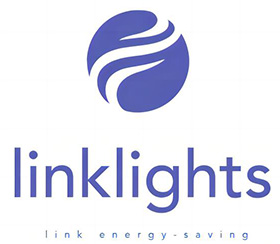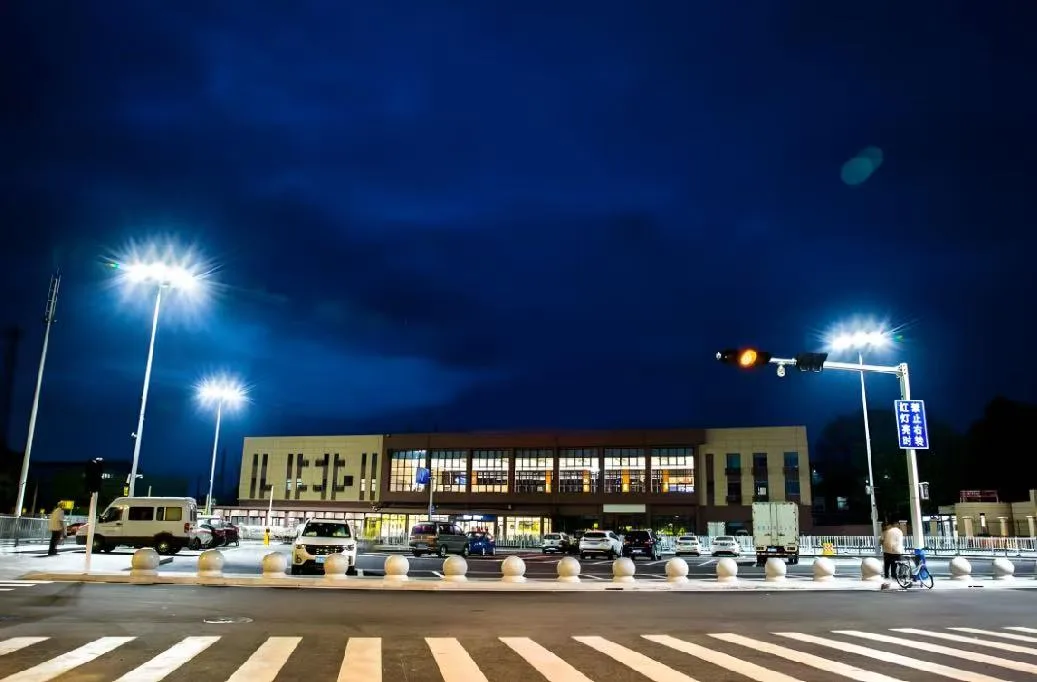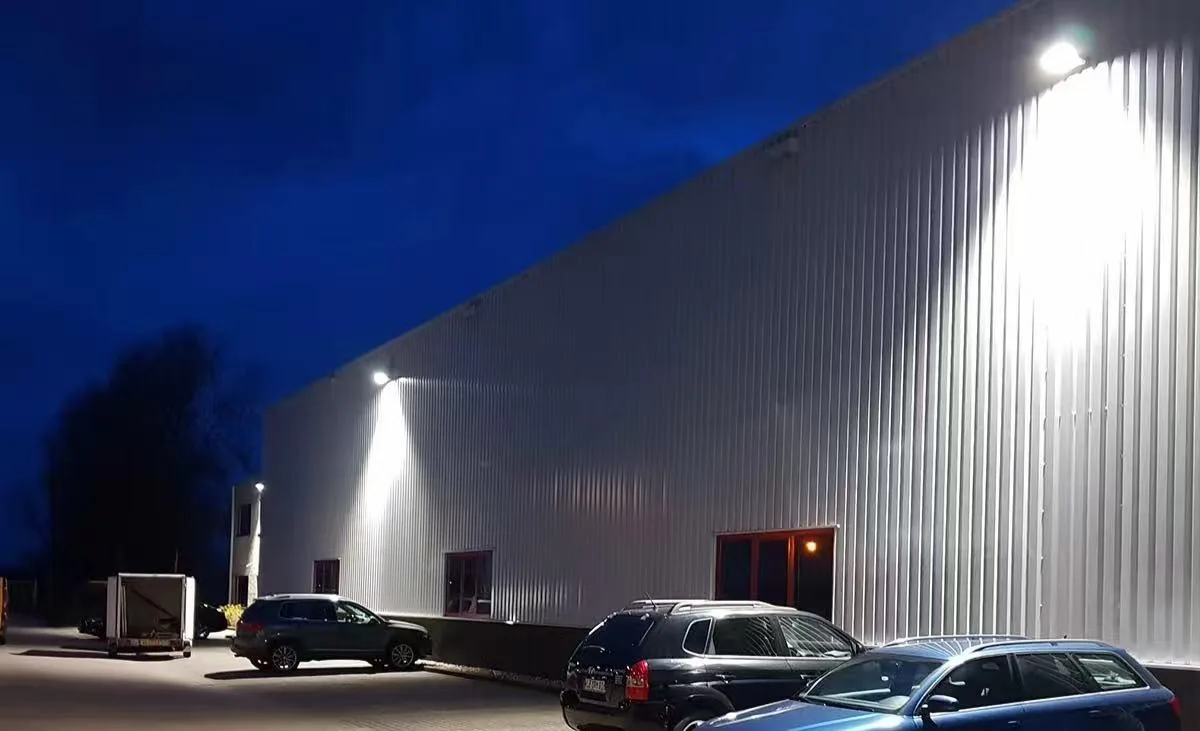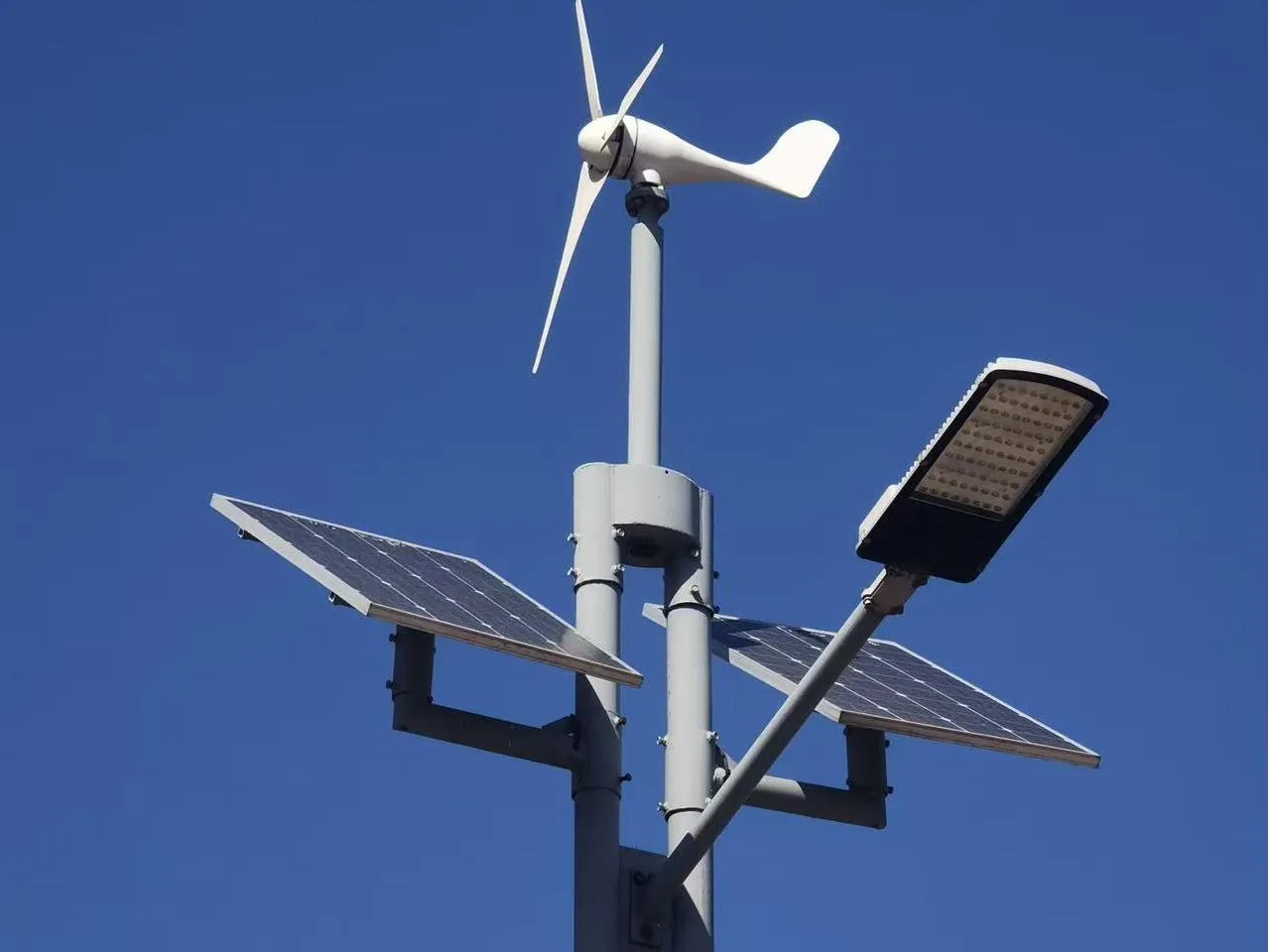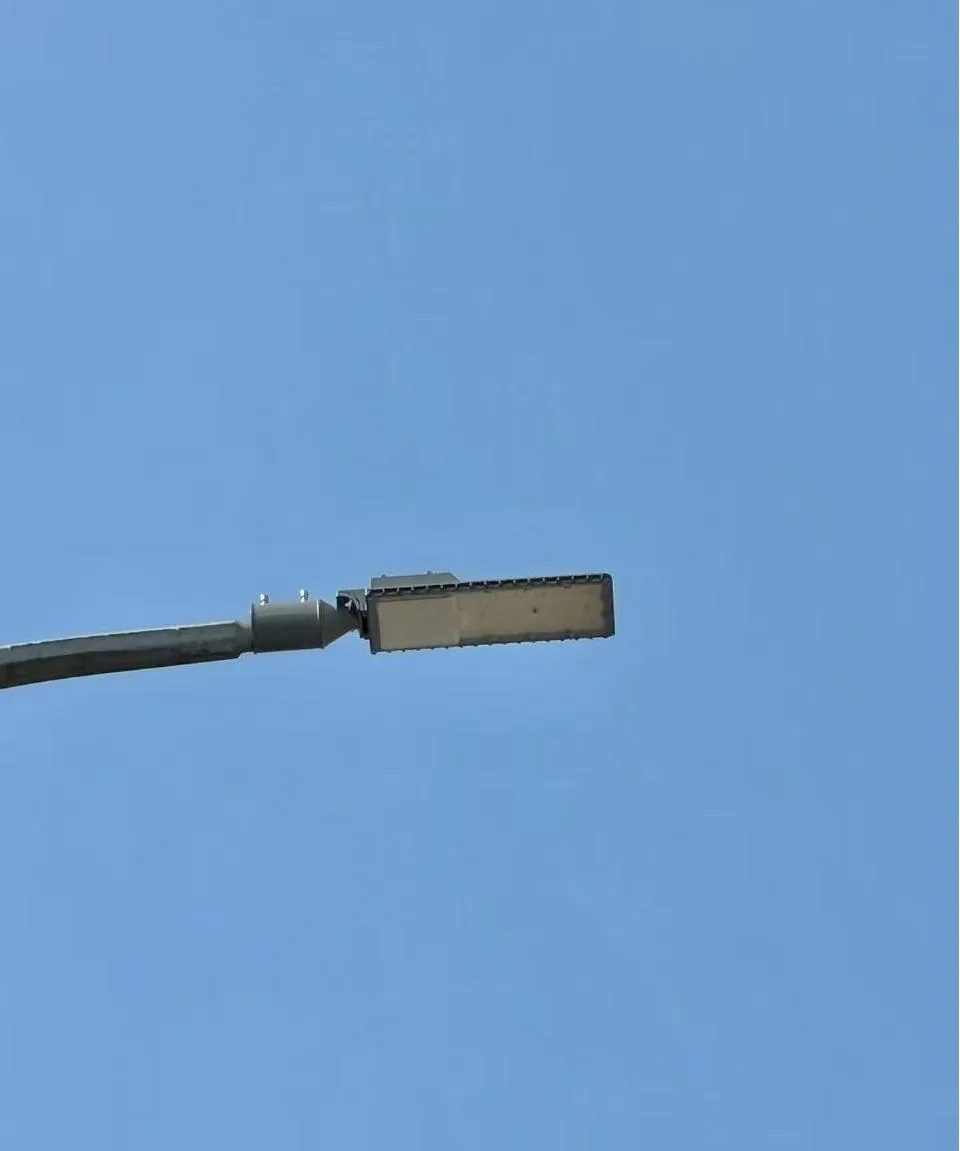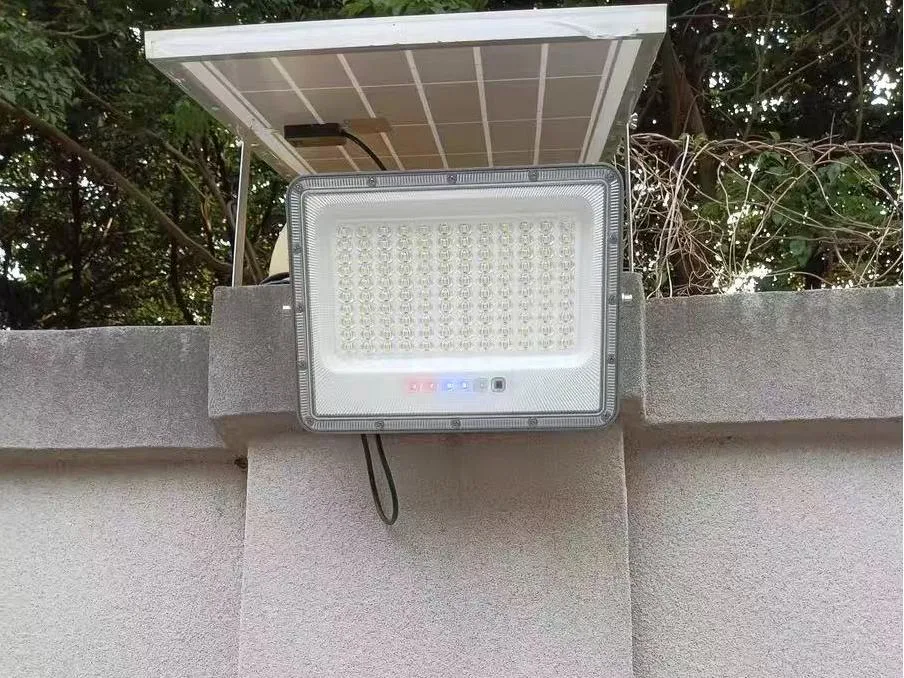Introduction: Why LED Floodlights Matter
Led outdoor flood lighting today is about more than just seeing in the dark. It also means saving energy, staying safe, and caring for the environment. From a small garden to a big stadium or factory yard,outside led floodlights have changed how people light large spaces.Compared with old metal-halide or halogen lamps, outside led floodlights shine brighter, last longer, and cost much less to run.This guide explains how they work and why they are the smart choice for homes, cities, and businesses.
How LED Floodlights Work & Perform
Understanding How LED Floodlights Work
Every led floodlight turns electricity into light through a small chip called a diode. When power passes through it, the chip makes light directly — not heat. That is why LEDs stay cool and waste less energy.
Each light has 4 main parts:
LED Driver — Power Regulator
The led driver power supply is the heart of an led flood light led. It changes the incoming power (AC 100–277 V or 220–240 V) into low-voltage DC that the LED chips can use.
Its main job is to keep the current steady so the light does not flicker or overheat.
Good drivers, such as those made by Mean Well, Sosen, or MOSO, include surge protection, high efficiency (over 90%), and power-factor correction (PF > 0.95). These features help the light stay bright, safe, and lamp energy saving for many years.
Heat Sink — Cooling Core
LED chips make heat while working, and too much heat will shorten their life.
The heat sink, usually made from die-cast or extruded aluminum (ADC12), moves this heat away from the flood lights outdoor and driver.
Its finned shape lets air flow around it, which cools the lamp naturally.
Good heat of light control keeps the chip temperature below 80 °C, so the light stays bright and its color stays the same over time.
Optical Lens — Light Controller
The lens decides how the light spreads.
It is made from clear, UV-resistant plastic such as PC or PMMA.
It controls the beam angle (for example 30°, 60°, 90°, 120°) to send light only where needed and reduce glare.
For flood lights led outdoor, good light uniformity is important so the area — like a parking lot, signboard, or field — is evenly lit with no dark spots.
Aluminum Housing — Protective Armor
The aluminum body gives the led flood lamp bulb its strong shape and extra cooling.
It also protects the inside parts from water, dust, and impact, meeting IP65–IP67 waterproof standards.
A powder-coated or anodized finish keeps it from rusting, even in coastal or factory environments.
Efficiency and Performance
When these parts work together, the led floodlight becomes very efficient — often over 140 lumens per watt.
That means a 100 watt led flood light can make more than 14,000 lumens of bright, clear light while using much less power than old halogen or metal halide bulbs.
It can last over 50,000 hours with little maintenance, saving money on both energy and replacement costs for cities and businesses.
Energy Savings, ROI, and Comparison with Old Lights
Energy Efficiency and Cost Savings
Energy efficient flood lights give the same brightness while using up to 80 % less power than old lamps.
Example:
A 400 watt metal halide lamp gives about 30 000 lumens.
A 150w led flood light gives the same brightness.
Using 100 of these lights in a warehouse can save thousands of dollars a year in power.
They also last 50 000 – 100 000 hours, so you replace them far less often. That means lower maintenance costs and fewer service calls.
See our [Energy-Saving Comparison: metal halide vs led].
Fast Payback and ROI
Because they save energy and last long, LED floodlights often pay for themselves in less than two years.
| Item | Metal Halide | LED Floodlight | Savings |
| Power | 400 W | 150 W | 250 W |
| Hours per year | 4 000 | 4 000 | — |
| Energy Cost @ $0.15/kWh | $240 | $90 | $150 |
| Life Span | 10 000 h | 50 000 h | — |
For 50 commercial outdoor led flood light fixtures, that’s $7 500 saved each year, plus lower upkeep.
LED vs Old Flood Lights
| Feature | LED Floodlight | Metal Halide / Halogen |
| Efficiency | 120–160 lm/W | 60–90 lm/W |
| Lifetime | 50 000–100 000 h | 5 000–10 000 h |
| Start-up | Instant | 3–5 min |
| Maintenance | Low | High |
| Heat | Low | Very High |
| Eco Impact | No mercury, recyclable | Contains mercury |
| Controls | DALI / DMX / Motion | Few options |
The results are clear — LEDs win on cost, safety, and reliability.
Long Lifespan and Sustainability
Longer Life and Less Maintenance
Old floodlights fade fast because their filaments wear out or the gas leaks inside.
LEDs stay bright for many years because they run cooler and use better parts.
Even after long use, a high-quality LED still keeps about 70 %–80 % of its light.
Fewer replacements save money, reduce waste, and lower risks when working at height.
Learn more in [Optical Lens Types for Outdoor Luminaires].
Clean and Circular Lighting
LEDs support a circular economy — less waste, more reuse.
Switching to LEDs can cut total lighting emissions by over 60 % in airports, ports, or highways.They last longer, need fewer parts, and use less energy, all of which help reach ESG goals.
Green and Sustainable
Modern energy-saving led sports lights fit global green goals
No mercury or lead — safe to recycle.
Less CO₂ because they use less power.
Aluminum and plastic parts can be reused.
One 200 W LED replacing a 600 W lamp saves about 1 000 kWh per year, or 700 kg of CO₂. Multiply that by hundreds of lights, and cities can cut emissions fast.
Light Quality, Standards, and Color Control
Better Brightness and Color
Light quality is more than brightness. People and cameras see better under clear, natural light.
CRI ≥ 80: One big advantage of commercial floodlights is their high color accuracy. A Color Rendering Index (CRI) of 80 or higher means the light shows colors almost the same as natural daylight. This makes the surroundings look clear and natural, which helps people see details easily and improves both safety and appearance.
CCT 3000–5700 K: LED floodlights let users pick color temperatures from 3000 K to 5700 K to fit different needs. 3000 kelvin warm white feels soft and cozy for homes and gardens. neutral white light 4000k works well for offices and public spaces. Bright 5000–5700 K light looks like daylight and is best for sports fields, parking areas, and factories. This range gives full control—from warm comfort to bright, high-visibility lighting.
Even spread:Modern LED floodlights use special optical lenses that spread light evenly across the area. Unlike old lamps that create glare or uneven brightness, these lenses send light exactly where it’s needed. This means there are no dark spots, so the whole space stays bright and safe, and no harsh glare, which makes it easier on the eyes for drivers and pedestrians. With light uniformity above 0.7, these floodlights give a clean, balanced, and professional look while improving both safety and visibility.
Unlike halogen bulbs that turn yellow with age, led flood lamp bulbs keep color steady and make CCTV images clearer.
Standards and Light Quality
Good lights follow tested rules:
IES LM-79 / LM-80 / TM-21:
These are key LED test standards. LM-79 measures real light output and efficiency, LM-80 tests how LED chips maintain brightness over time, and TM-21 predicts their long-term lifespan. Together, they prove the floodlight’s performance and durability.
EN 12193:
A European standard for lighting sports fields. It defines the correct brightness (lux levels), uniformity, and glare limits for stadiums, arenas, and training fields, ensuring players and cameras get clear, even lighting.
IEC 60598-2-5:
This is the safety standard for floodlights. It checks electrical protection, heat resistance, and water sealing to make sure the fixture is safe to use outdoors in all conditions.
CIE 150:
An international lighting guidelines that helps control light pollution and glare. It ensures floodlights send light only where needed—reducing sky glow and preventing light from disturbing neighbors or wildlife.
Before buying, look at the IES or LDT file.Check the light pattern, uniformity (Emin ÷ Eavg ≥ 0.7), and glare rating (GR < 50).
See [Optical Distribution and Photometric Design Basics].
Design and Durability
Tough and Weather-Resistant
Exterior led flood light faces rain, dust, and vibration.Top-grade LED floodlights are built for that:
IP65–IP67 (Water- and dust-proof):
Flood light bulbs led with IP65–IP67 ratings can work safely outdoors in rain, dust, or humidity. They are sealed to stop water and dirt from entering, making them ideal for gardens, parking lots, and stadiums.
IK08–IK10 (Impact-resistant):
These ratings show the light’s strength against hits or shocks. IK08–IK10 floodlights can handle strong impacts from balls, tools, or accidental knocks, keeping the fixture safe and working.
ADC12 aluminum + tempered glass lens:
The ADC12 aluminum body resists rust and salt air, perfect for coastal or industrial areas. The tempered glass lens adds extra protection against UV rays, scratches, and debris, keeping the light clear and durable for years.
They work well in stadiums, ports, tunnels, and factories — any place that needs reliable light.
See our [LinkLights Floodlight Series Overview].
Flexible Beam and Lighting Design
Each LED chip works with a lens that controls how wide or narrow the beam is.
| Beam Type | Angle | Best Use | |
| Narrow | 15°–30° | High poles, stadiums | |
| Medium | 40°–60° | Roads, yards | |
| Wide | 90°–120° | Walls, parking areas |
Designers can mix lenses to get smooth, even light with less glare. In stadiums, for example, asymmetric lenses keep light on the field but out of spectators’ eyes.
Applications: From Homes to Industry
Safer Outdoor Lighting
Good lighting helps keep people safe. security led outdoor lights brighten large areas so cameras work better and fewer shadows hide movement.
Key points:
Wide coverage (30°–120° beam angles):
LED floodlights can spread light over different areas. Narrow beams (30°–60°) focus on a small spot, while wide beams (90°–120°) cover large spaces like parking lots or playgrounds.
White light for true color on CCTV:
The bright white light helps cameras and the human eye see real colors clearly at night, making it easier to identify people, vehicles, and objects.
Uniformity ≥ 0.7 (no dark gaps):
High uniformity means light is spread evenly with no dark or overly bright spots. This keeps the area fully visible, improving both safety and appearance.
At homes, outdoor led flood fixtures and garden flood lamp stop tripping and make yards look warm and welcoming.
Indoor and Special Uses
LED floodlights are not just for outdoors.
led flood light indoor models work in factories, hangars, or large stores.
They cover wide spaces evenly and replace several high-bay lamps.
In malls or showrooms, adjustable floods highlight displays while keeping energy low.
Where to Use LED Floodlights
Homes and Gardens:
Outdoor house flood lights brighten walls, paths, and yards, while garden flood lamps add decoration and safety at night.
Business and Industry:
In warehouses and loading bays, 150–300 W floodlights provide strong, even lighting for safer work. In retail areas, they highlight products and create a comfortable shopping atmosphere.
Sports and Public Areas:
Lighting for sports fields meet EN 12193 / IES RP-6 standards, giving 300–800 lux of bright, uniform light. With CRI ≥ 90, they show true colors for clear video broadcasts.
Security and Transport:
Floodlights secure perimeters, parking lots, ports, and airports. When paired with motion sensors or IP67 surge-protected models, they save energy and ensure reliable performance in harsh outdoor conditions.
Smart Future and Final Thoughts
Instant Light and Smart Control
LEDs turn on right away — no warm-up. This is great for led motion sensor flood light that only turn on when needed.
Many modern lighting systems use DALI, DMX, or 0–10 V controls to adjust brightness or group fixtures together.
These systems work perfectly with led flood light bulbs dimmable, allowing smooth and reliable brightness control.
For example, a parking lot can operate at 30 % brightness when empty and automatically increase to 100 % when motion is detected, saving energy without reducing safety.
This “smart control” saves more power and fits smart-city designs.
See our [Smart Control Integration for Industrial Lighting].
The Future of Lighting
LEDs keep improving.
They now connect with IoT systems, change color with human-centric settings, and cut light spill for Dark-Sky compliance.
Soon, most cities will use smart LED floodlights that adjust light levels, track energy use, and last decades.
Conclusion
LED floodlights are a big step up from old lights — they are brighter, stronger, cleaner, and smarter. They use 50–80% less energy, last 5–10 times longer, and need very little care. They also cut CO₂ emissions and glare, and work well with smart control systems. From gardens to airports, LED floodlights make every place safer, greener, and more efficient.
To learn more, explore our [LinkLights Floodlight Series Overview] or ask for a custom [Lighting Design Proposal] for your project.
